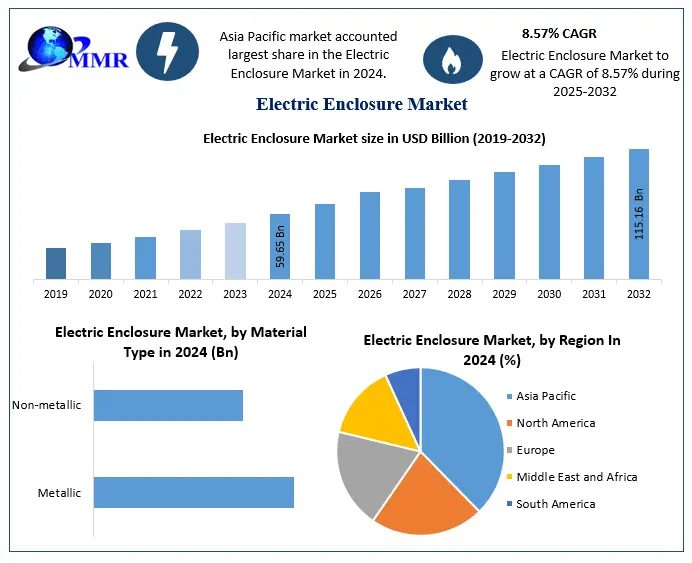The Public Provident Fund (PPF) is a long-term savings scheme offered by the Government of India, primarily aimed at providing retirement security to individuals. It has remained one of the most favored investment avenues due to its attractive interest rates, tax benefits, and the safety it offers being a government-backed scheme. The PPF interest rate is a crucial determinant of its appeal, and understanding how the government decides this rate is essential for investors looking to optimize their returns.
How the Government Decides the PPF Interest Rate
The PPF interest rate is not a static figure. It is reviewed every quarter by the Government of India and is influenced by several economic factors. Here are the primary determinants:
- Prevailing Economic Conditions: The interest rate is often aligned with prevailing economic conditions. In times of high inflation or economic downturns, the government may adjust rates to incentivize or discourage savings.
- Comparable Government Securities Yield: The government closely monitors the yield on government securities since PPF is backed by government pledges. The 10-year government bond yield serves as a benchmark, influencing decisions on whether to increase, decrease, or maintain the PPF rate.
- Fiscal Policy and Budgetary Constraints: Government fiscal policy plays a pivotal role in determining PPF rates. If the government’s fiscal deficit is high, it might want to impose lower rates to reduce the costs associated with PPF.
- Recommendations from the Ministry of Finance: The Department of Economic Affairs under the Ministry of Finance reviews and recommends PPF interest rates based on comprehensive analyses of the Indian financial market and economic indicators.
- Inflation Rates: High inflation typically necessitates higher interest rates to ensure real returns on PPF remain attractive, while low inflation might see interest rates being reduced.
What It Means for You
Impacts on PPF Investors
- Changes in Returns: As PPF interest rates fluctuate every quarter, this directly impacts the compound interest accrued on the invested amount. A higher PPF interest rate implies greater returns and vice versa.
- Investment Strategy Adaptation: Investors need to regularly monitor interest rate changes and modify their investment strategy accordingly. For example, if lower rates are anticipated, they might consider maximizing their PPF contribution early in the year to capitalize on existing rates.
- Long-term Financial Planning: PPF serves as a tool for long-term financial planning, especially for retirement. Variations in interest rates may lead to adjustments in expected maturity corpus and alignments with retirement goals.
Illustrative Example of PPF Interest Calculation
Assume an investor contributes the maximum permissible amount of ₹1,50,000 annually. Let’s look at how different PPF interest rates impact the maturity amount:
– At 7.1% Interest Rate:
Using the compound interest formula for PPF, where interest is compounded annually:
A = P left(1 + frac{r}{n}right)^{nt}
Where:
– (A) is the maturity amount
– (P) is the annual contribution: ₹1,50,000
– (r) is the annual interest rate: 7.1% or 0.071
– (n) is the number of times interest is compounded per year: 1
– (t) is the number of years: 15
The maturity amount after 15 years can be calculated as:
A = 1,50,000 times left(1 + 0.071right)^{15} approx ₹38,25,130
– At 7.5% Interest Rate:
A = 1,50,000 times left(1 + 0.075right)^{15} approx ₹39,70,862
This calculation underscores how even minor variations in the PPF interest rate can significantly influence the final corpus.
Interplay with Inflation
The real interest rate is an essential aspect for PPF holders, derived by adjusting the nominal interest rate against inflation. If inflation is higher than the PPF interest rate, the real returns can be negative. Thus, the link between PPF rates and inflation is crucial for understanding the actual value derived from this investment.
Conclusion
The PPF interest rate is an integral part of financial planning for many Indian families. While it provides a secure and tax-efficient method of saving for the future, the variable nature of the interest rate necessitates awareness and adaptability from investors. By understanding how these rates are determined and their broader implications, investors can better position their portfolios to optimize benefits.
Summary:
The Public Provident Fund (PPF) is a popular savings instrument in India, known for its long-term benefits and government backing. The PPF interest rate is a critical factor influencing investor returns and is revised quarterly by the government. The rate is determined by various economic indicators including prevailing economic conditions, government securities yield, fiscal policies, and inflation rates.
For investors, understanding the fluctuations in the PPF interest rate is vital. These variations affect the compound interest accrued on their contributions and necessitate strategic investment planning. For instance, the maturity amount from an annual contribution of ₹1,50,000 can significantly change with different interest rates, demonstrating the impact of even slight rate adjustments.
Moreover, the interplay between interest rates and inflation is vital in understanding real returns. Given its influential role in financial planning, especially for retirement, being informed about PPF interest rates and their determinants helps investors make sound decisions. However, it is crucial to consider this information in conjunction with thorough personal financial analysis and consultation.
Disclaimer:
This article is for informational purposes only and should not be construed as financial advice. Investors should conduct their research and consider all potential risks and benefits before investing in any financial instruments within the Indian financial market.













